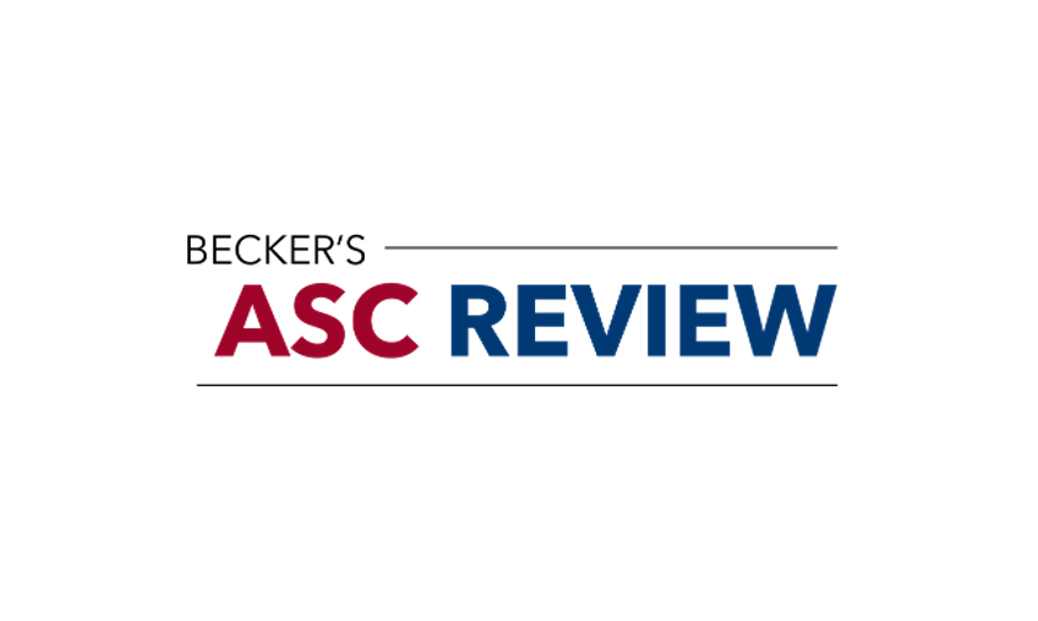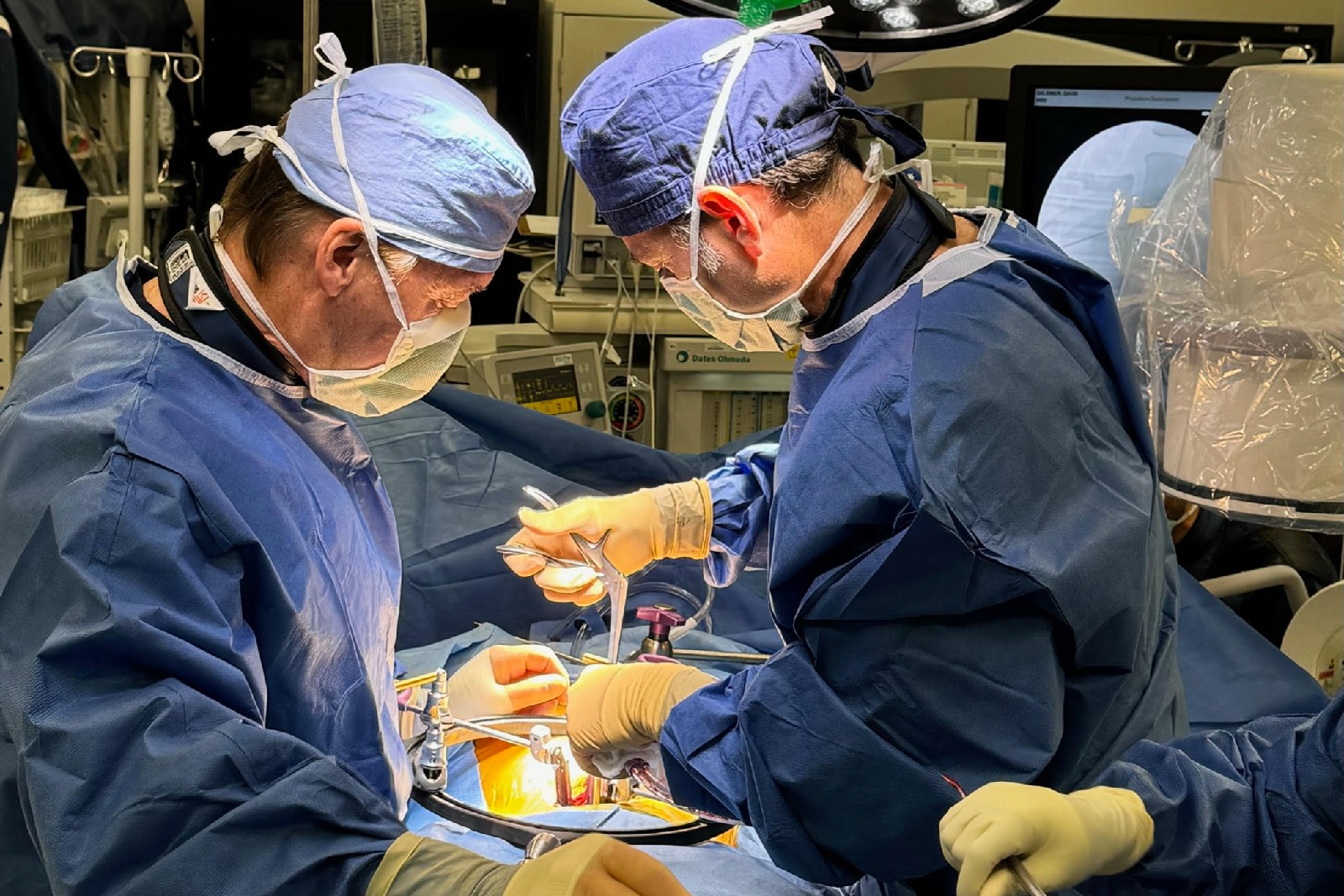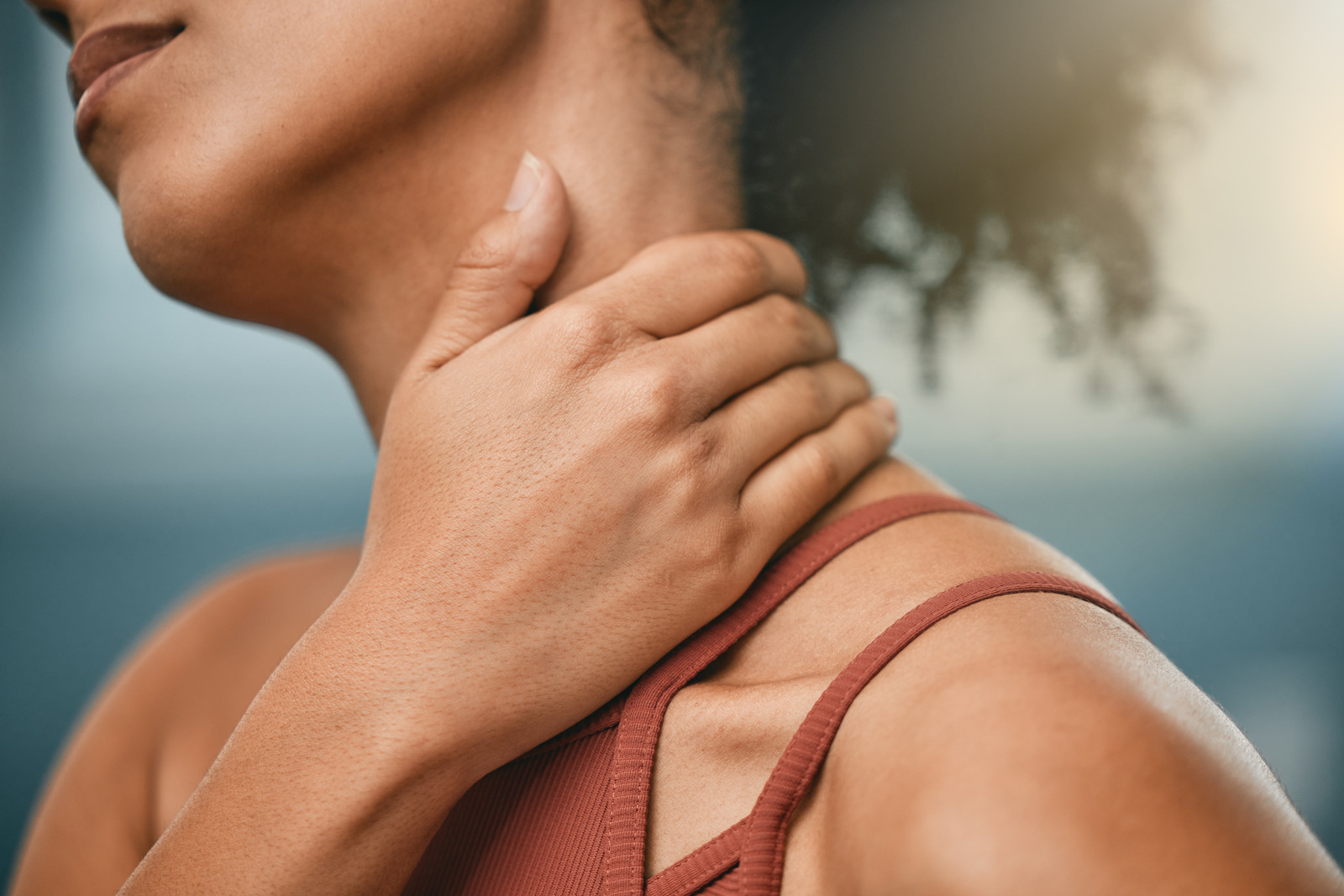36-Year-Old Male with History of Neck Pain
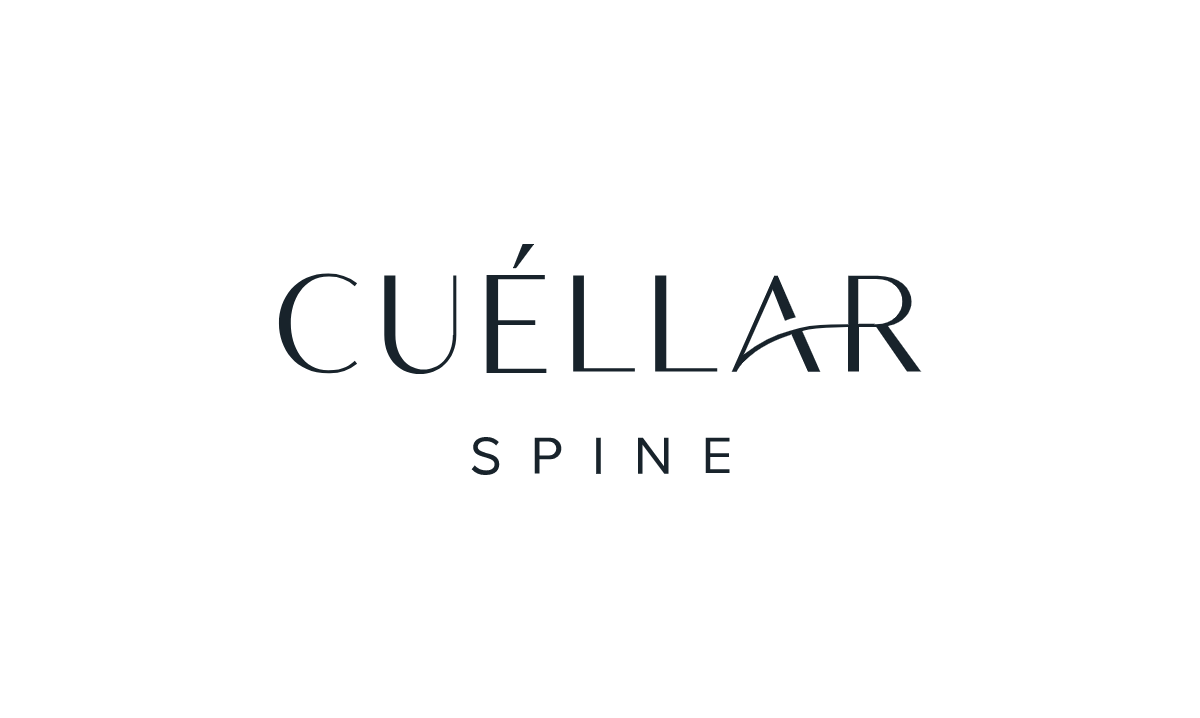
Patient History
This patient is a 36-year-old male with a history of neck pain radiating into both shoulders, numbness in radial 3 fingers of both hands. The onset was after he hit an open car while riding his bike, flipped over the handlebars, and hit his head. He was treated conservatively for a year with physical therapy and pain management.
He has no past medical history and is in excellent shape, very active physically.
His MRI demonstrated disc herniation at C5-6 without adjacent segment pathology. The herniation level corresponded to his radicular distribution (C6).
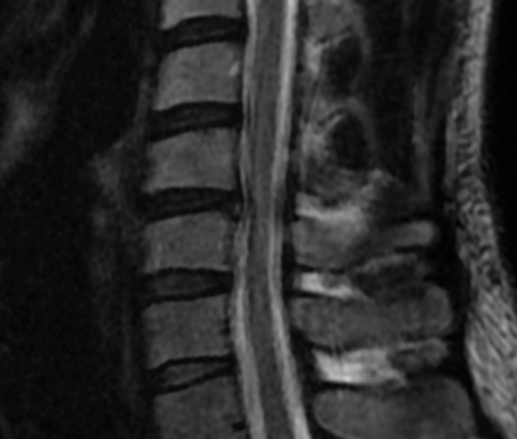
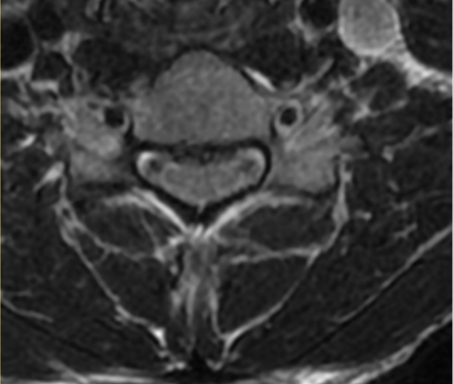
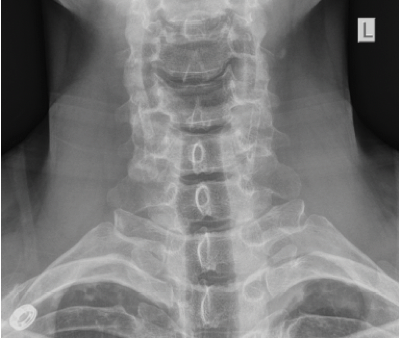
Operative Planning
I planned pre-operatively to use prodisc C Vivo and therefore during surgery I did not use my usual drill carpentry on the upper endplate and left it intact convex. Trialing was critical–he is 6’5” tall so I started with a 6mm tall XL Deep trial and I felt this fit perfectly. The trial was easily moveable but not loose. The facet joint gapping matched that of the adjacent segments. I was able to place the dome within the endplate with a perfect match while also achieving perfect placement of the center of rotation. I honestly walked out of this case thinking how much I love prodisc C Vivo since it fits so perfectly.
At the four-month follow-up appointment, there was a complete resolution of symptoms.
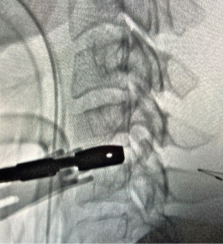
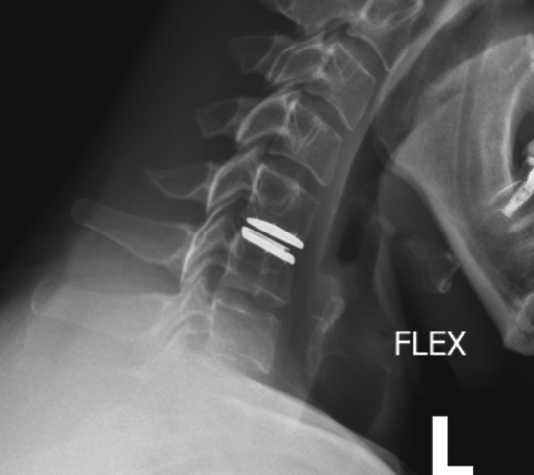
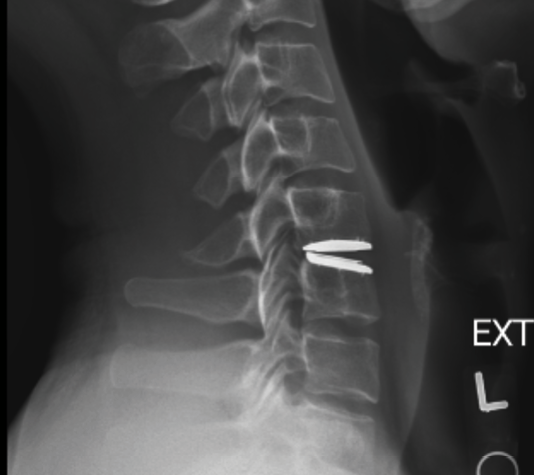
Discussion
Implant selection was a critical pre-operative consideration. This patient is a young athletic person, so I wanted to use a device with proven core longevity and biomechanics. Preoperative considerations included measuring his disc on the preop MRI – at 20mm deep, this excluded several implants that only make a 16mm deep footprint.
In addition, since he is 6’5” tall, I wanted a 7mm tall option available if needed; this also excluded some of my implant options. Finally, his superior endplate is concave, making an implant with a convex upper endplate an ideal fit.
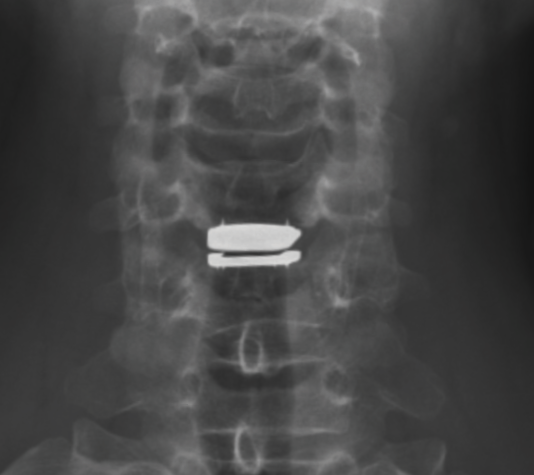
More News & Insights from Cuéllar Spine
Exploring the Success Rates and Benefits of Laminectomy Without Fusion Surgery
Lumbar disc replacement surgery offers a promising alternative to traditional treatments for debilitating back pain and limited mobilit
The State of Outpatient Spine Surgery in 4 Studies
Outpatient spine surgery is growing, and its outlook suggests the trend will likely continue. Here are four studies illustrating the st
The Pros and Cons of Lumbar Disc Replacement (Also known as Total Disc Replacement (TDR), Total Disc Arthroplasty (TDA), or Artificial Disc Replacement (ADR))
Lumbar disc replacement surgery offers a promising alternative to traditional treatments for debilitating back pain and limited mobilit
10 Signs You May Need Revision Spine Surgery
Revision spine surgery, also known as secondary spine surgery, plays a crucial role in addressing persistent or recurrent spinal condit
Lumbar Total Disk Replacement Device Removals and Revisions Performed During a 20-Year Experience with 2141 Patients
This was a retrospective study with prospective patient contact attempted to collect current data.
36-Year-Old Male with History of Neck Pain
36-Year-Old Male with History of Neck Pain Radiating Into Both Shoulders, Numbness in Radial 3 Fingers of Both Hands
Problems with Artificial Disc Replacement
Artificial disc replacement (ADR), also known as total disc replacement (TDR), has emerged as a revolutionary approach in the field of
Top 5 Ways a Spinal Surgeon Can Help with Neck Pain
It is easy to take the movement in our necks for granted - and yet, when we are in pain, our neck flexibility can become extremely limi
ADR Spine Announces the Inclusion of Four Surgeons to Its National Top Doctors in Arthroplasty Program
ADR Spine Welcomes Elite Physicians to Top Doctors in Arthroplasty Program



